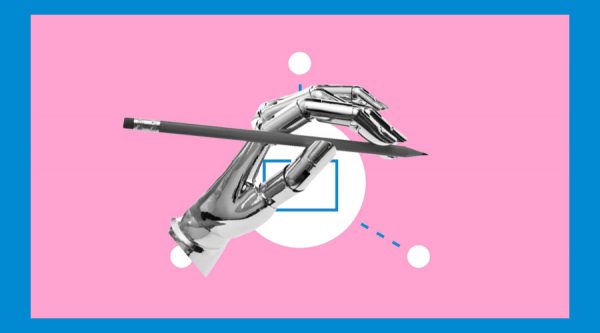Are you an AI researcher hoping to have a prominent journal publish your work? It can be difficult and competitive to publish in the field of AI research, but fear not! Ten esteemed publications that are well-known for welcoming excellent AI research papers are listed below. While IEEE is a well-known venue for AI research publication, there are many other respectable publications and conferences that are equally important for the spread of AI research. Whether you’re researching artificial intelligence, machine learning, or data mining, these publications offer a forum for disseminating your ground-breaking findings to the world’s scientific community.
- Journal of Artificial Intelligence Research (JAIR)
JAIR is a well-known journal that disseminates excellent AI research. Authors should abide by the journal’s online submission procedures when submitting a manuscript.
Submission Requirements: JAIR seeks papers that make noteworthy advances in the field of AI. Strict procedures and creative ideas are welcomed.
- IEEE Transactions on Neural Networks and Learning Systems
The main topics of this IEEE magazine include learning systems and neural networks. Manuscripts may be submitted by authors via the IEEE Manuscript Central system.
Submission Requirements: Original research with a clear demonstration of contribution to the neural networks and learning systems domain are required for acceptance of papers.
- Journal of Machine Learning Research (JMLR)
The open-access journal JMLR publishes research in machine learning. The online submission method is available for authors to submit their works.
Submission Requirements: JMLR highlights both theoretical and practical elements while looking for novel contributions to the field of machine learning.
- Nature Machine Intelligence
Nature Machine Intelligence, a division of the Nature Research Group, examines the relationship between AI and the natural sciences. Usually, submissions are made online via the submission system.
Submission Requirements: Articles should highlight noteworthy developments or uses of AI while highlighting the field’s larger scientific significance.
- Journal of Artificial Intelligence and Soft Computing Research (JAISCR)
A wide range of AI and soft computing is covered by JAISCR. The journal’s website has submission criteria for authors.
Submission Requirements: The journal seeks out novel studies in soft computing and artificial intelligence that have applications.
- ACM Transactions on Intelligent Systems and Technology (TIST)
ACM’s TIST journal welcomes submissions on a range of AI-related subjects. Manuscripts may be submitted by authors using the ACM Manuscript Central.
Submission Requirements: Submissions must highlight noteworthy technological and intelligent systems developments.
- Machine Learning Journal (MLJ)
A reputable journal with an emphasis on machine learning is called MLJ. The publisher’s website contains the submission guidelines.
Submission Requirements: The journal is looking for excellent papers that offer fresh insights into machine learning methods and applications.
- Information Fusion
The synergy of information sources, including AI, is emphasized by information fusion. On the journal’s website, authors can discover directions for submission.
Submission Requirements: Papers must demonstrate both theoretical and practical contributions while showcasing innovative ways to information fusion.
- Computational Intelligence Journal (CIJ)
Research on computational intelligence techniques and applications is published by CIJ. Authors can submit their works by following the journal’s online criteria.
Submission Requirements: The journal seeks papers that use novel techniques or applications to further the subject of computational intelligence.
- Patterns Recognition
There are many different AI-related subjects covered by Pattern Recognition. On the journal’s website, authors can discover directions for submission.
Submission Requirements: The journal is looking for excellent work in pattern recognition, with a focus on both theoretical and practical implications.









